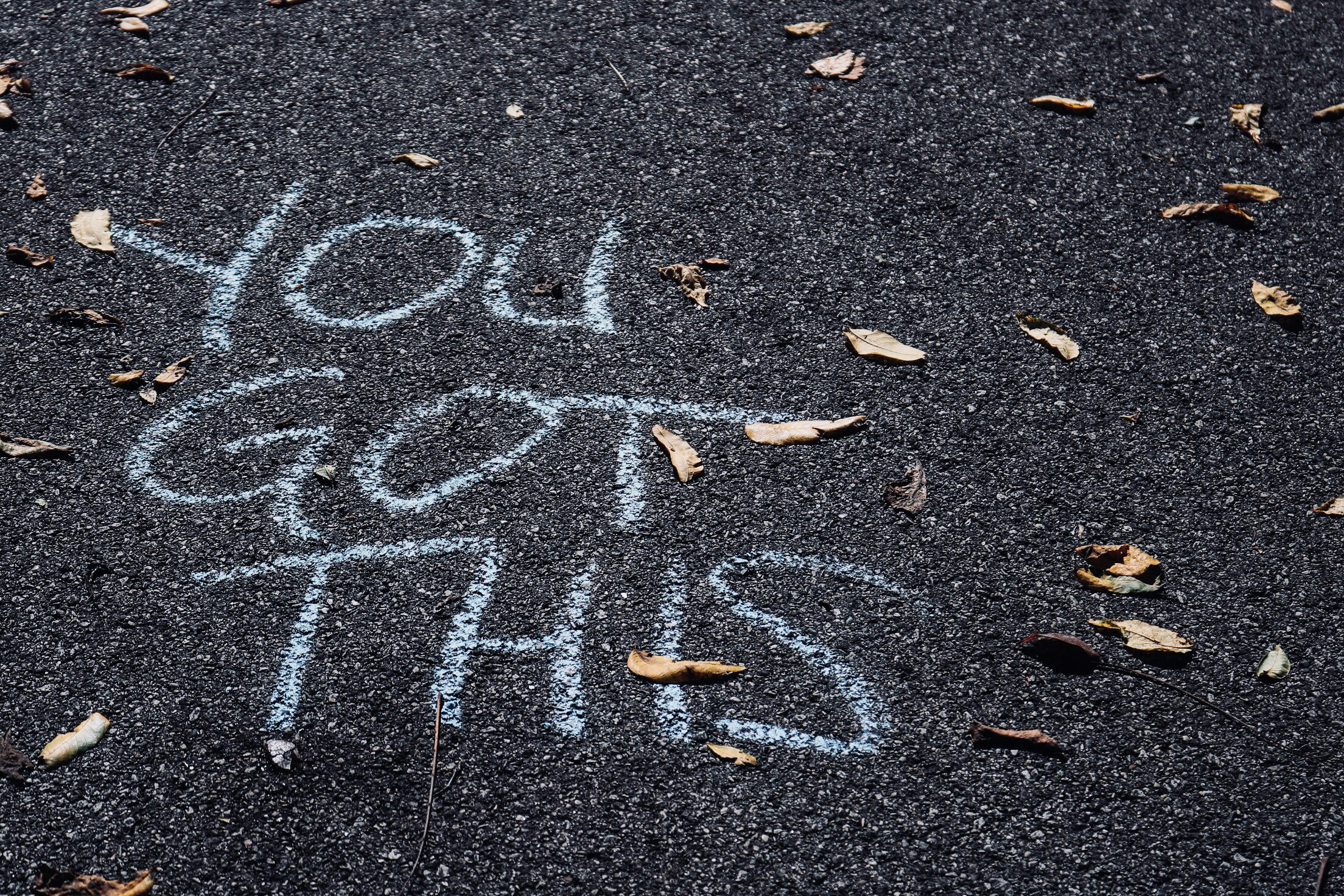In workplace writing, addressing readers as “you” and “your” will help them understand and use information.
Choosing the best way to publish a personal or family story

I recently spoke to a friend of a friend—I’ll call her Joan—who wanted some advice about publishing her grandfather’s wartime diaries. An uncle transcribed the diaries into a 500-page document years ago, and the family has long since wanted to share the material with a wider audience.
When Joan asked about approaching book publishers, I had to give her my honest opinion: with the realities of publishing being what they are (low margins, saturated market, little risk tolerance), it’s unlikely that a publisher would take on the diaries—and certainly not without a whole lot of work on Joan’s part to condense and contextualize the material, develop a book proposal, and persist through what would likely be a lot of rejection. Even then, the chances of getting a publishing contract seem slim.
Self-publishing, on the other hand, is an option for Joan and her family to preserve and share the diaries. In fact, there are a range of self-publishing options that Joan can pursue—as can anyone with a personal or family story to tell. Here are a few.
Illustrated coffee table book
If the goal is to publish text and images, a coffee table book could be the best way to go. Easy-to-use design-and-print solutions like Blurb or Shutterfly allow anyone to put together a nicely designed book. Alternatively, you can hire a professional graphic designer to produce something fully customized. You can also use various platforms to sell your book if you wish.
Simply formatted electronic or print-on-demand book
If the material is mostly text, a simply formatted electronic or print-on-demand book is a straightforward option. Again, you can use a book-making solution like the ones above to design your own book using templates and selecting from a few common sizes, or you can work with a graphic designer. Either way, you can make your finished book freely available or sell it through an online platform.
Website or blog
The internet is loaded with family history websites and blogs. On your own or with help, you can put up a website or blog in no time and start posting text, photos, and videos. You can share a link to your site with a targeted group of readers, but anyone with an interest in the subject matter will be able to find it through an internet search, and a few readers will stumble upon it and be glad they did.
Oral history
This option doesn’t apply to Joan, but if your personal or family stories are not currently in written form, consider capturing them in video or audio recordings. These could be the starting point to a self-published book, or they could be as far as you ever get. Either way, you’ll have preserved your family stories before the people who can tell them are gone.
Sharing through an archive
Donating your material to a museum, historical society, special collections library, or other type of archive is another way to “publish” your story without doing a lot of work to prepare it for readers. (Though if you do produce a book, you could deposit a copy with an archive as another way of sharing it.)
You may think an archival donation applies only to famous people or historically significant events, but many archives collect and preserve family records like letters, diaries, photos, videos, and audio recordings. A well-chosen archive might even have the interest and resources to do more than preserve your material. For example, they could digitize it for wider access or use it in a curated physical or online exhibit.
Choosing the best option
When choosing a self-publishing option, here are a few questions to consider:
- What are your readership goals? Do you want to share your story with a few close readers, like family and friends? Or do you hope to reach a wider audience? Even the most compelling personal or family story will need a marketing campaign and financial commitment to connect with a large group of readers whom you don’t know personally. Do you have the capacity for that?
- What is your vision of the final product? Is it mostly text-based, photo-based, or something in between? Do you want something you can hold in your hands, or are you okay with an electronic format?
- What do other family members want? Family history is an heirloom you might share with other family members. If anyone is uncomfortable about publishing your family’s story for others to read or disagrees about the envisioned result, you want to address that at the beginning of the project, not once you’ve invested what could be a significant amount of money and energy into it.
- Does the material need editing? As editors, we at WCEA always start by considering the level of editing that a text needs to connect with its intended readers and avoid any potential problems for the author, publisher, or anyone else. Consider what organizing, condensing, fact-checking, contextualizing, and basic copy editing your story will need to meet your goals and achieve a result you’ll be proud of.
- What is your budget, in both dollars and hours? Turning personal or family stories into a readable book, website, or blog can require significant editorial, design, and production work, either that you do yourself or hire others to help you with. Even if you plan to sell your book, you can easily spend more money and time than you’ll ever get back in sales. Be realistic and upfront about what you can afford, and align your goals and chosen publishing option with your resources.
- If approaching an archive, which one is best for you? Do some research to find an archive that collects the type of material you have and that will help you achieve your goals. In addition to national, provincial, and municipal archives, think about any cultural, ethnic, or religious organizations, universities or colleges, or grassroots community groups that have some connection with your family or your material. Many archives publish information on their websites about what they’re looking for and how to donate, and many will welcome your call or email to discuss your material. If they’re not the right fit for you, they may have some ideas about who is.
Over many years of helping individuals and families share their stories in various published forms, I’ve come to strongly agree with the old cliché that “everyone has a story.” Preserving yours or your family’s, in whatever form you can manage, is giving a gift to the future and adding to our collective memory. There’s no better time to start than now.



